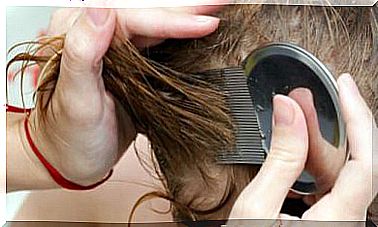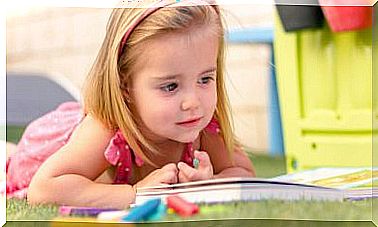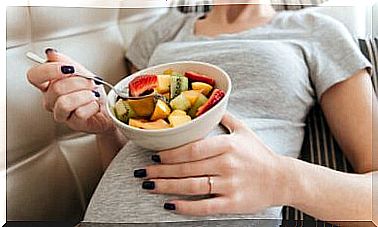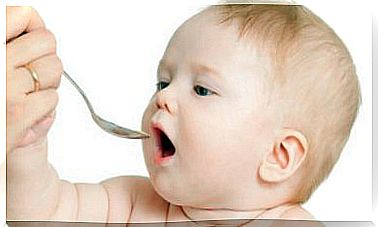Breastfeeding In Twins: 10 Keys

Breastfeeding is a good option for any baby, regardless of the circumstances of his birth. Even when it comes to twins, the teat will not only be an excellent source of food, but will also nourish them in other ways.
Very often mothers believe that their body will not be able to feed two babies at the same time. These beliefs are held on the basis of many premises that have not necessarily been proven: that they are thin, that their breasts are small, that they are first-time, that their babies were born prematurely …
But it turns out that nature developed appropriate mechanisms for each mother to produce the milk that her child or children need, as long as there is the right stimulus.
10 keys to successful twin breastfeeding

1. Prenatal counseling
Prenatal consultation should include breastfeeding counseling. This will allow families to receive the necessary information and evacuate any doubts that may arise in order to be able to consciously choose the path they wish to follow.
In the case of multiple pregnancies (twins), the challenge will be even greater for several reasons:
- The possibility of a premature birth.
- The choice of cesarean section and the use of medications in the mother.
- The eventual admission of babies to the neonatal care unit.
- Difficulties in receiving the appropriate stimulus to produce milk.
- Maternal fatigue from caring for 2 babies at the same time.
For all this, it is essential to have the support of the health team to receive quality information that is truly useful.
While breastfeeding has been shown to be superior to any other milk, as evidenced by this study published in the Archives of Disease in Childhood-Fetal and Neonatal Edition , it is not the only way to feed them.
Many children are mixed-fed (mother’s milk and formula) and even many others are exclusively formula-based. It is important to know the advantages and disadvantages of both in order to choose the option that best suits each family.
2. Skin-to-skin contact
After birth, skin-to-skin contact is recommended as soon as possible to promote the initiation of breastfeeding. In the case of twins, this can be achieved with each one separately or with both babies simultaneously. Depending on the gestational age, many babies are born with the ability to latch on spontaneously. Vigorous sucking will promote milk production and maintenance of lactation.
3. Early initiation of breastfeeding in twins
Breastfeeding should start as soon as possible. Although at first colostrum production will seem insufficient, it will be the food that best suits the needs of newborns. Even in the case of premature babies, this milk will promote growth and reduce the chances of diseases related to immaturity. That is why it is recommended to feed babies by mouth as soon as they are in clinical condition to do so.
4. Ensure the stimulus for a sufficient milk production
The milk letdown will not occur until a few days after birth. For this to happen, it is important that the mother has the necessary stimuli, such as skin-to-skin contact with her babies or stimulation of the nipples.
The ideal situation will be to ensure breastfeeding on demand, that is, as many times as necessary. Frequent sucking will be the best stimulus to sustain breastfeeding in the future.
In cases where this is not possible (for example, when babies are admitted to the neonatal care unit), frequent manual or breast pumping will be recommended to the mother . The kangaroo mother strategy is also good practice.
5. Rest and good eating habits
Few recommendations of this type have scientific evidence to support them. However, ensuring healthy habits in the mother has shown better results for breastfeeding, either due to an increase in milk production or a longer duration over time.
Although it may seem like an impossible task, maternal rest is essential for milk production. The mother is recommended to rest as long as possible. If this happens at night, the stimulus will be even better.
The study mentioned above has shown that mothers who have received external help during the first months of breastfeeding maintained it for a longer time than those who did not.
Likewise, the production of milk implies a significant caloric expenditure for the mother. However, the energy requirement during breastfeeding does not “double” or “triple” as is often believed, according to the same study that we have already talked about.
The increase in calories to be ingested above the usual daily caloric intake will depend on each case and it will be recommended to maintain a well balanced diet, with a source of protein, fat, carbohydrates, water, vitamins and minerals. This may be appropriate by a specialized health professional, such as a nutritionist.
6. Check the grip
It is important to accompany mothers during the first breastfeeding experiences, especially with premature infants, to ensure proper latching. In this way, not only will the appropriate sucking stimulus occur, but problems associated with breastfeeding, such as pain or cracks in the nipple, will be avoided.
7. Prevent problems associated with breastfeeding in twins
In case of breastfeeding difficulties, ask your doctor, doula or lactation specialist for help. It is important to ensure good technique to prevent complications that may interfere with the course of breastfeeding.
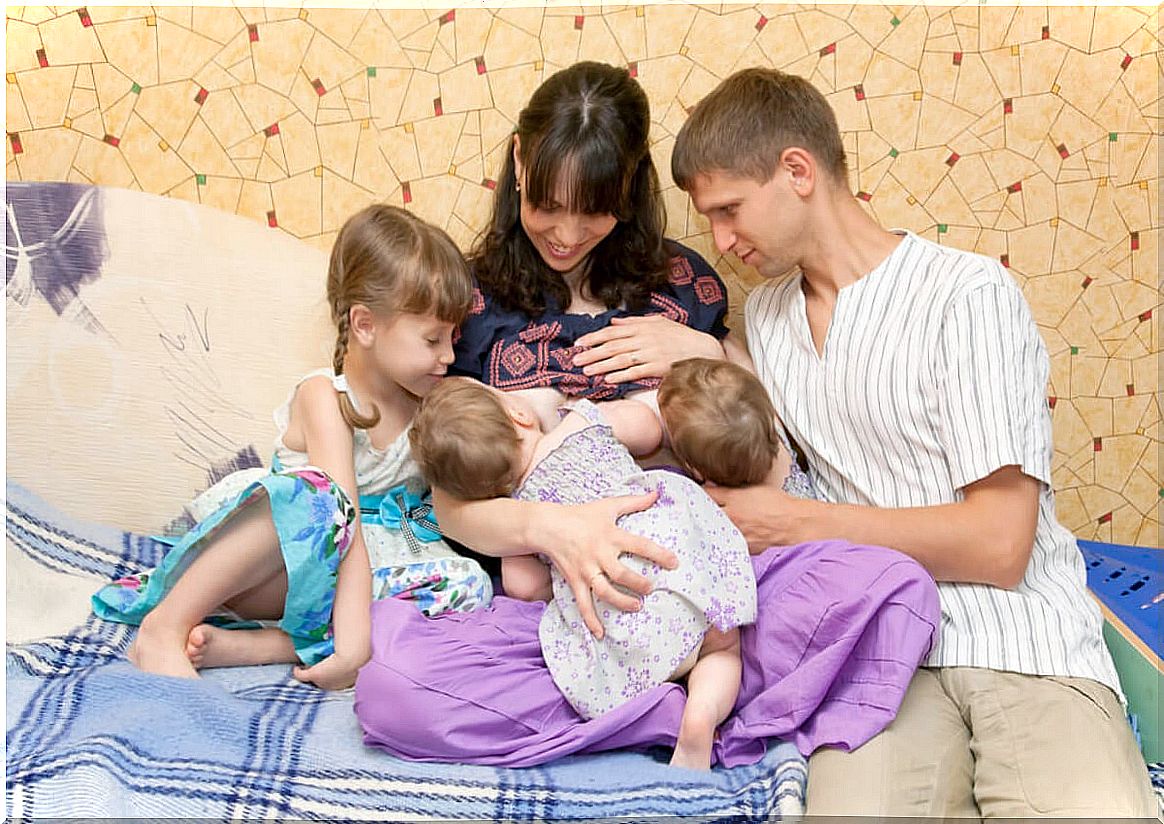
8. Adopt the appropriate posture
Breastfeeding twins can be done simultaneously or with one child at a time. In both cases it is advisable to alternate the babies on both breasts so that both receive a similar diet. This does not have to be in every shot, but it does at least from one day to the next.
The most recommended postures to breastfeed twins are the following:
- Cross pose on mother : both babies are stretched out in front of the mother and crossed with each other, one in front of the other. It can be especially helpful when children are young.
- Rugby ball pose : both sucking in a rugby position (with the body under the mother’s arm) from a different teat. Babies’ bodies don’t touch each other, so it comes in handy as little ones get older.
- Parallel posture : both babies are stretched out in parallel, with the mother leaning to one side. One of the babies rests on the surface of the sofa or bed while the other rests on the mother’s body. This posture is useful for the moment of rest.
9. Breastfeeding away from home
Your babies will need to nurse frequently, so offering the breast is essential even when they are away from home. At first it will be difficult to ensure good technique, but with time you will surely get the hang of it.
10. Seek help for successful twin breastfeeding
Breastfeeding twins can be exhausting, so be sure to ask for help in your environment and get in touch with breastfeeding support groups. There you will have the experience of other mothers who have gone through your situation and their stories and advice can be of great help.
We hope these keys have been helpful to you. However, if you have any questions about it, consult your trusted doctor. He will know how to answer any question you ask.

